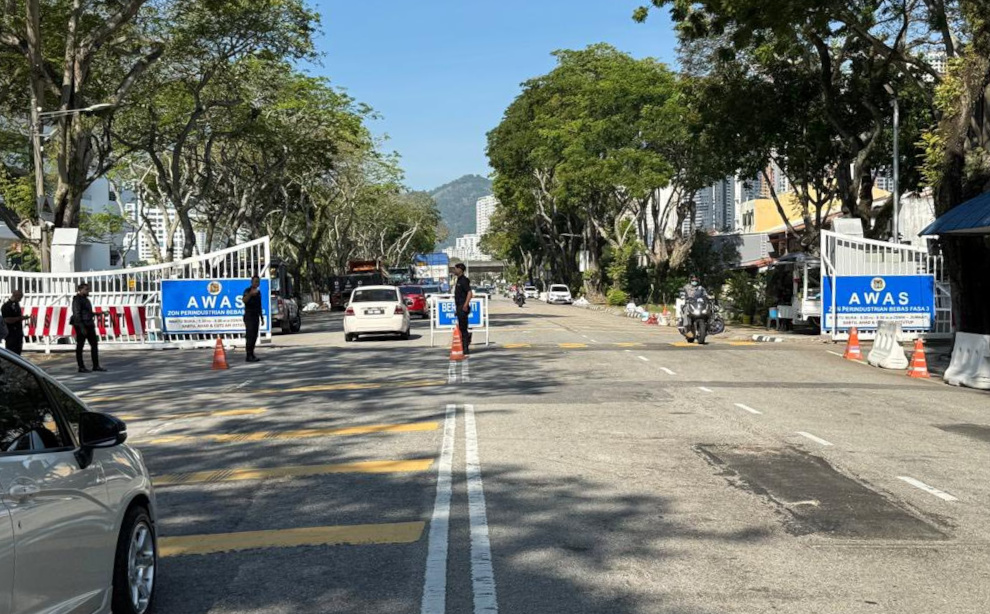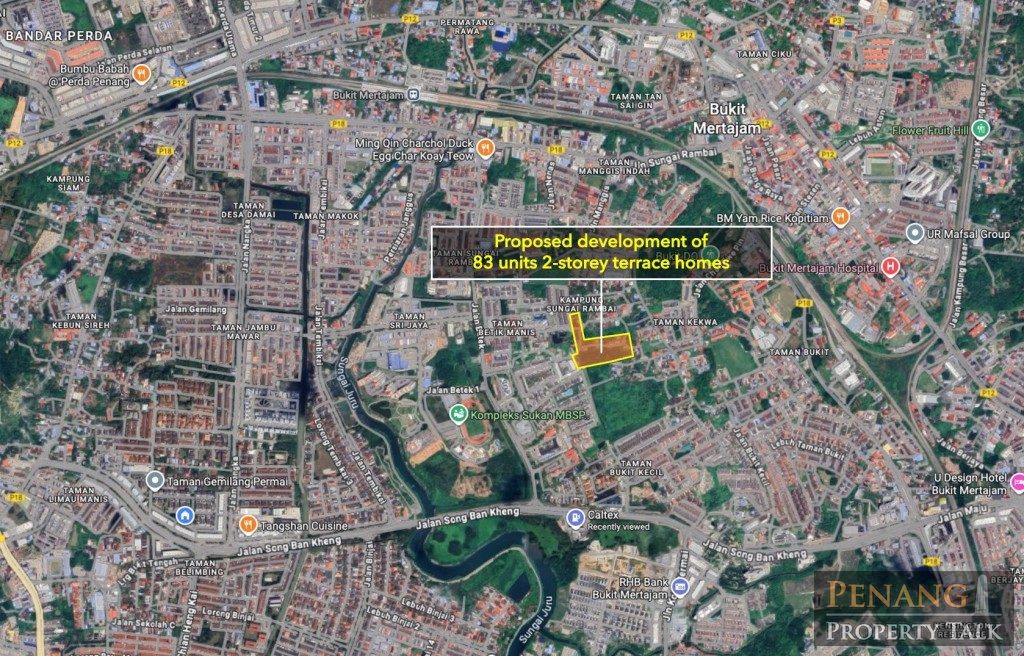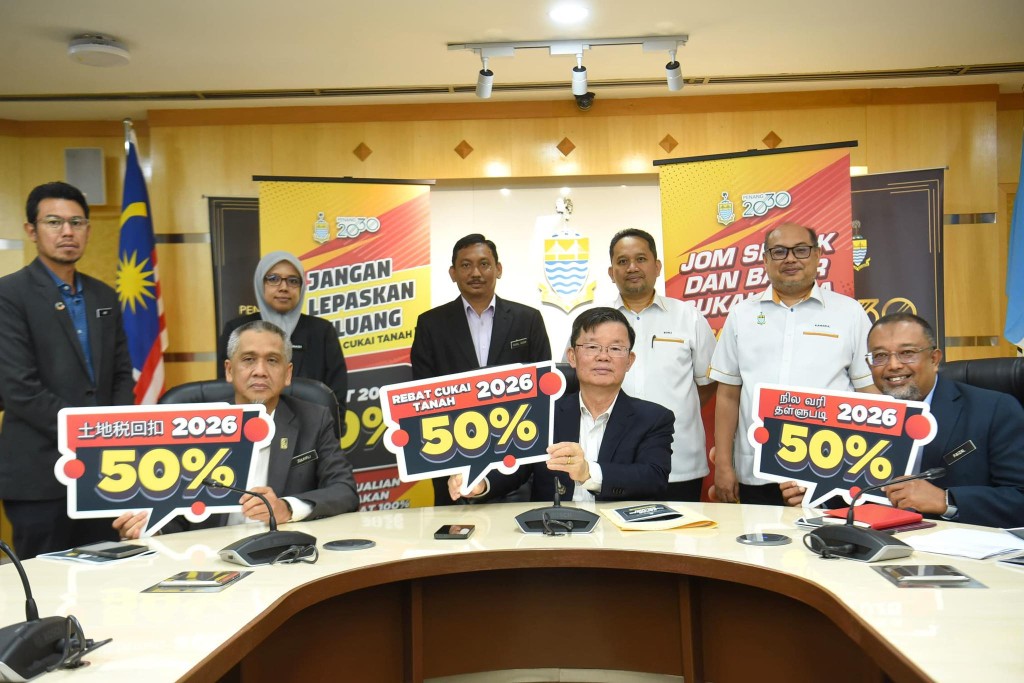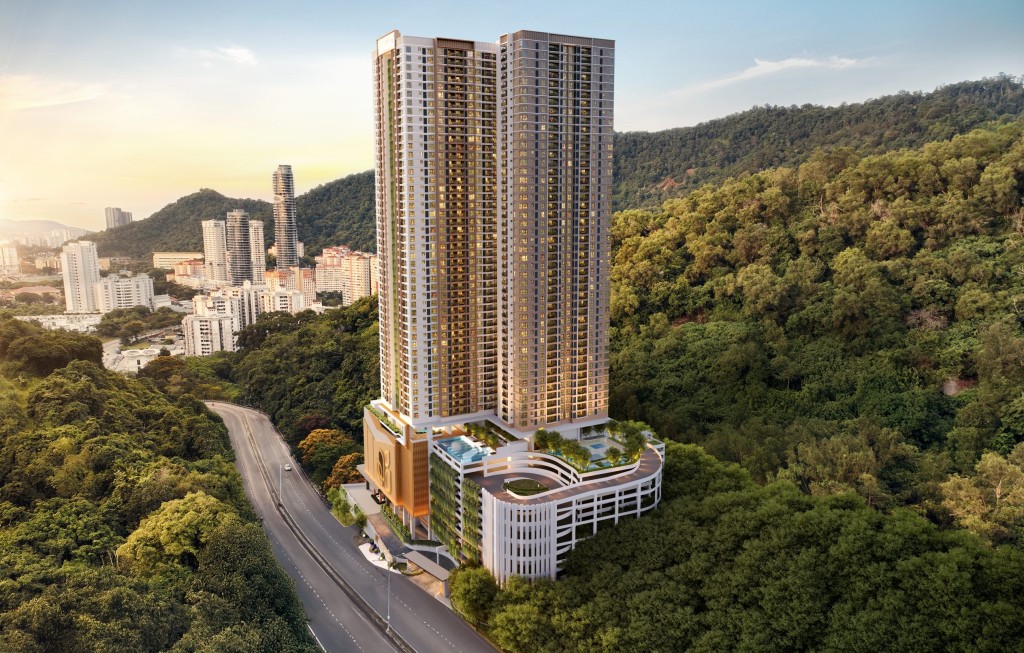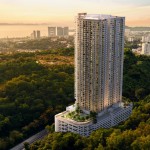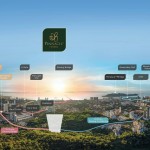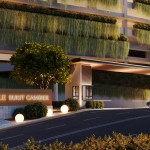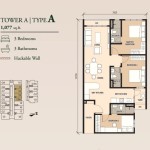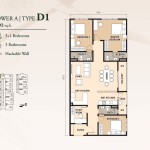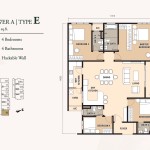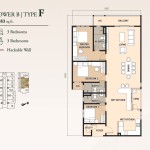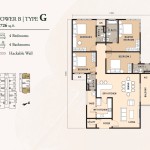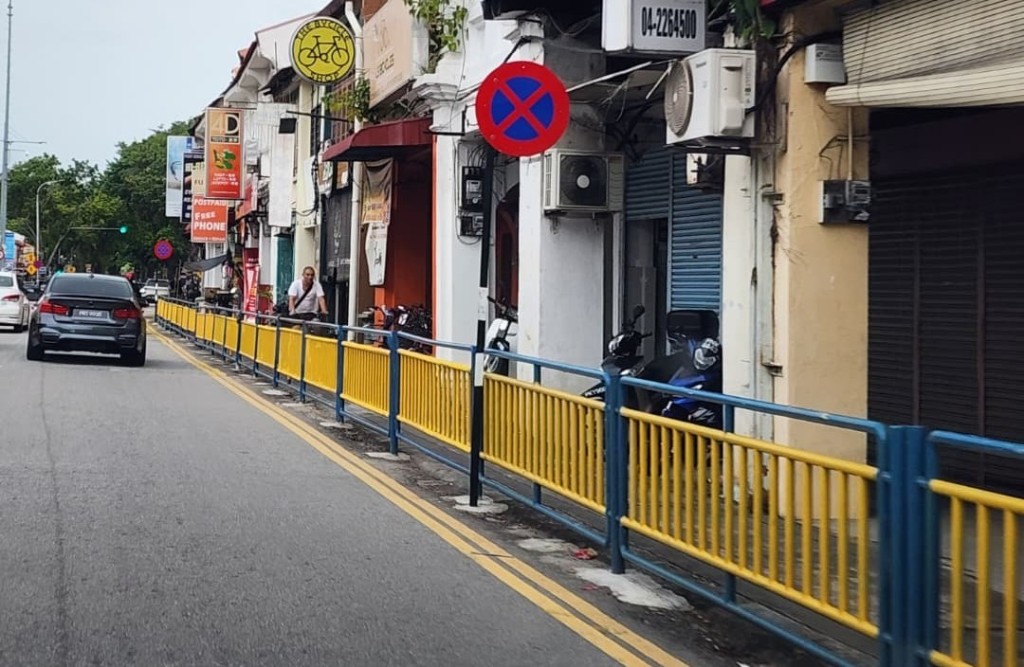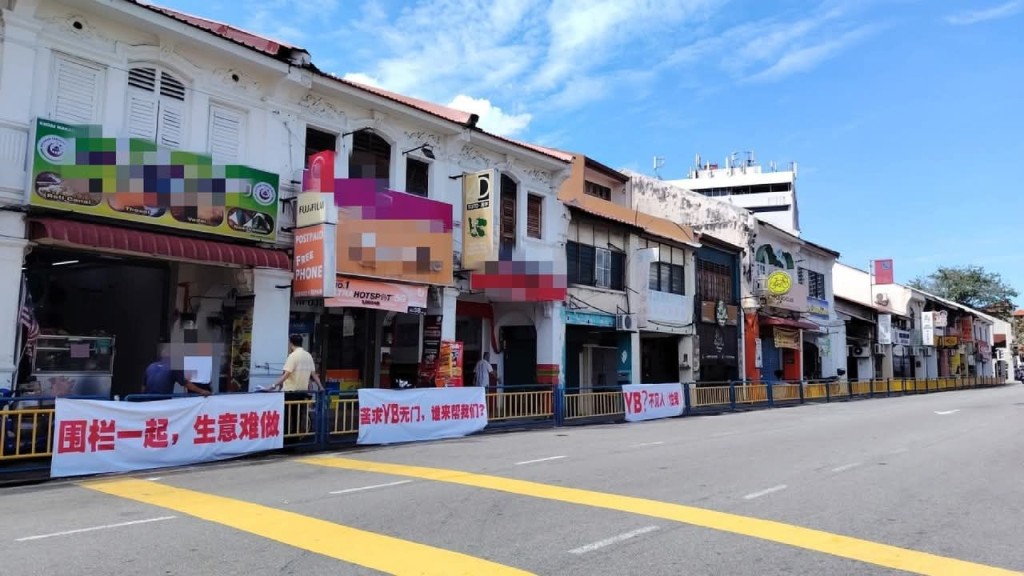FIZ Phase 3 gate at Jalan Kampung Jawa to open until 11pm daily from 2026
In an effort to ease mounting traffic congestion in the Bayan Lepas and Bayan Baru areas, Majlis Bandaraya Pulau Pinang (MBPP) has announced an extension of the gate opening hours at Free Industrial Zone Phase 3 (FIZ 3) along Jalan Kampung Jawa.
The announcement was made during a press conference organised by MBPP’s Engineering Department yesterday, chaired by MBPP councillor Dr Mohd Suhairi Arumugam Abdullah. Several city councillors were present, along with representatives from the Royal Malaysian Customs Department (Penang).
Jalan Kampung Jawa is a key arterial road linking Jalan Sultan Azlan Shah to the Tun Dr Lim Chong Eu Expressway via the industrial area of FIZ Phase 3. The road is gated and jointly controlled by MBPP and the Royal Malaysian Customs Department as it passes through a free industrial zone.
At present, the gate is opened from Monday to Friday between 5.30am and 8.00pm, primarily for factory workers, while also serving as an alternative route for the general public. The gate, however, remains closed on weekends and public holidays.
With traffic volumes around the Bayan Baru roundabout continuing to rise, MBPP proposed extending the gate’s operating hours to provide an additional route for motorists travelling between Bayan Lepas, Bayan Baru and the Tun Dr Lim Chong Eu Expressway. The proposed new opening hours are from 5.30am to 11.00pm daily.
The proposal was submitted to the Royal Malaysian Customs Department and discussed with the Free Industrial Zone Penang Companies’ Association (FREPENCA). Following these engagements, Customs has agreed to the extension.
Under the new arrangement, the FIZ Phase 3 gate along Jalan Kampung Jawa will open daily from 5.30am until 11.00pm, effective 1 January 2026.
According to MBPP, the extended opening hours are expected to:
- Reduce traffic conflicts around the Bayan Baru roundabout and surrounding roads
- Improve overall traffic flow
- Provide an additional alternative route for road users
- Enhance road capacity and safety in the area

